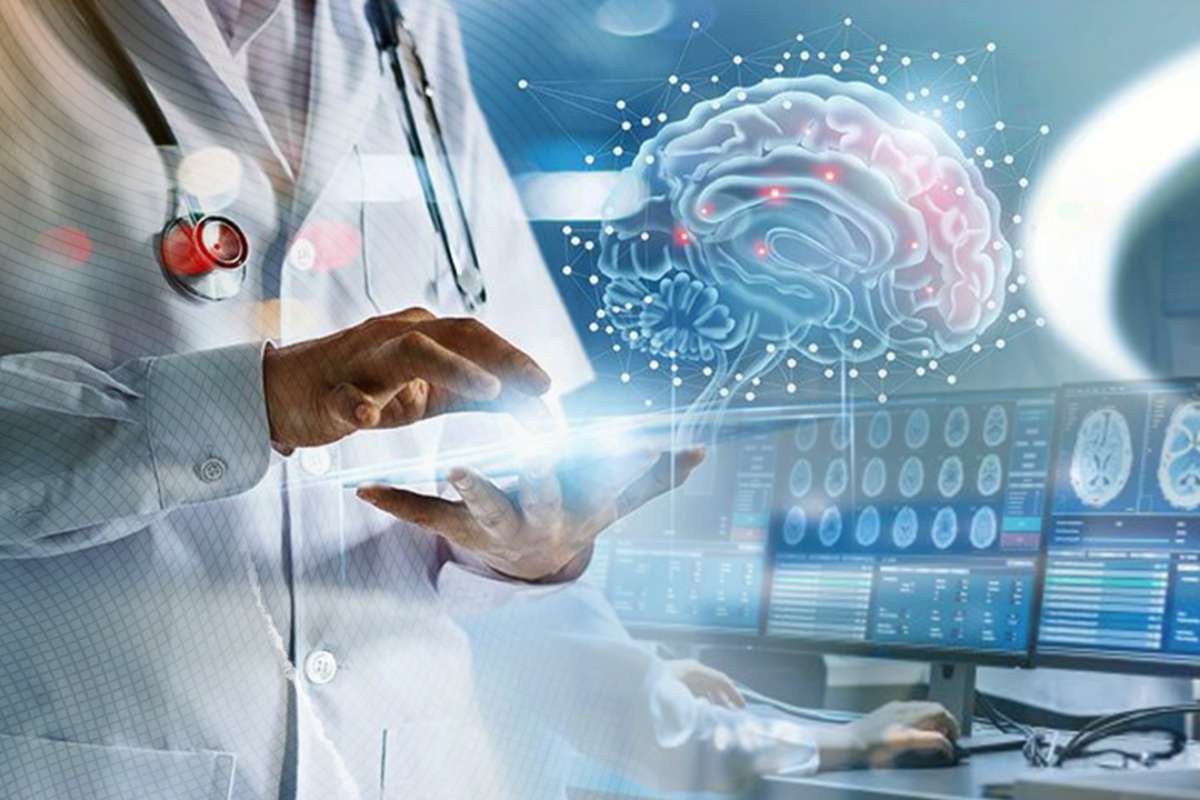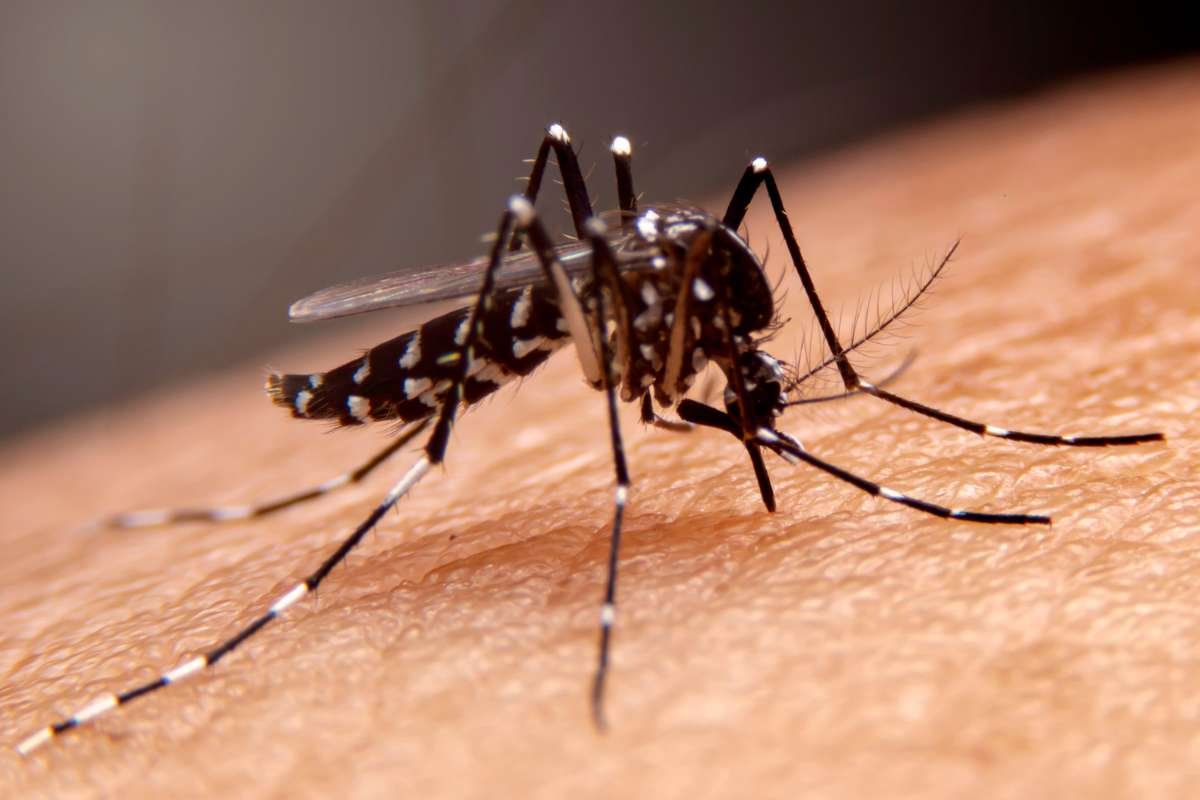Transforming Biology with AI
Researchers at Columbia University’s Vagelos College of Physicians and Surgeons have developed a revolutionary artificial intelligence (AI) method capable of accurately predicting gene activity within any human cell. This breakthrough, published in Nature, is poised to reshape the understanding of cellular mechanisms and advance research in fields such as cancer and genetic diseases.
Traditional biological research often focuses on observing how cells function or respond to external disturbances but falls short of predicting cellular behaviors, particularly in the face of changes like cancer-causing mutations. Dr. Raul Rabadan, one of the study’s lead researchers, highlights the significance of the development: “Accurately predicting a cell’s activity transforms biology from a descriptive science into a predictive one, uncovering the systems that govern cell behavior.”
The team’s work builds on the rising trend of using AI in biology, which has already yielded significant milestones, such as the 2024 Nobel Prize in Chemistry for AI-driven protein structure prediction. However, applying AI to predict gene activity inside cells has proven to be a far more complex challenge—until now.
AI to Predict Gene Activity: Breakthrough in Cell Mechanisms
The innovative method leverages machine learning to predict which genes are active in specific cells, a critical step in identifying cell types and their functions. Unlike earlier models, which were often trained on cancerous or atypical cell lines, this AI system was trained using gene expression data from over 1.3 million normal human cells.
The approach mimics how language-based AI models like ChatGPT work, identifying underlying rules similar to language grammar from diverse training data and applying them to new scenarios. “We learn the grammar of cellular states and use AI to predict gene activity in diseased or normal conditions,” Rabadan explained.
The system’s accuracy was demonstrated when it predicted gene expression in cell types it had never encountered, with results closely aligning with experimental data. This capability was further tested on a pediatric leukemia case. The AI model uncovered how inherited gene mutations disrupt interactions between transcription factors, a finding later confirmed in laboratory experiments. This insight could lead to targeted treatments for the disease and other genetic disorders.
Shedding Light on the Genome’s “Dark Matter”
Beyond gene expression, this AI innovation is unlocking the mysteries of the genome’s so-called “dark matter,” the vast majority of the genome that does not encode proteins and has remained largely unexplored. Most cancer-related mutations reside in these regions, making their understanding crucial for advancing cancer research.
Rabadan envisions this tool illuminating how mutations in these dark regions contribute to diseases like cancer. Collaborations are already underway to apply the model to various cancers, including brain and blood cancers, to decode the regulatory mechanisms of normal cells and their transformation during cancer development.
The implications of this breakthrough extend far beyond cancer, offering new opportunities to investigate numerous diseases and identify potential therapeutic targets. “This is part of a larger shift in biology,” Rabadan noted. “We are entering a new era where biology is becoming a predictive science, opening doors to novel treatments and deeper insights into the human genome.”







